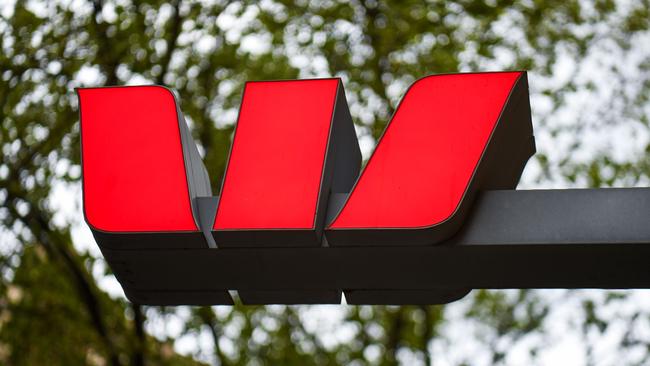
The 93-page statement of agreed facts document, including 10 of related tables, was harrowing reading given the sheer inadequacy of Westpac’s systems and its people to ensure compliance with the law.
If the matter had been drawn out through 2021 in court and in detail the brand damage would only continue. That would include more headlines about the bank’s failure to screen for those transferring money through its systems for criminal activity such as paying for child exploitation material.
What has been abundantly clear over the past 10 months is that Westpac had a perennial underinvestment issue on financial crime technology, systems and execution. That was coupled with a lax approach to its legal obligations in the area of anti-money laundering and counter-terrorism financing, in a similar vein to rival Commonwealth Bank.
The domestic banks’ poor showing in this area is a problem, reflecting too much indifference to complying with the law, not dissimilar to some of the practices fleshed out at the Hayne royal commission.
National Australia Bank, Suncorp and Bendigo and Adelaide Bank have separately got their own matters with Austrac that they are working through. While this columnist is not suggesting they are of the scale of Westpac’s misdemeanours, Austrac has certainly put banks on notice it won’t shy away from a battle.
The timing of Westpac’s penalty comes in a week where financial crimes revelations have again rocked the global banking community.
The International Consortium of Investigative Journalism this week released the FinCEN Files showing trillions in “tainted dollars” were flowing freely through major banks including JPMorgan, HSBC and Deutsche Bank. Australian banks were also implicated in the data.
Part of the issue in this market is that Austrac and policymakers have not bound industries such as accountants, lawyers and real estate agents to reporting under the anti-money laundering and counter-terrorism financing regime.
Mclean Roche Consulting expects the record Westpac penalty will be the tip of the iceberg in this market, particularly given Australia ranks poorly on some global measures.
A KnowYourCountry risk-rating tool which draws on data from international and government agencies ranks Australia 46th on money laundering and sanctions issues. Sweden tops the list while New Zealand sits in sixth spot.
Engagement between Westpac chief executive Peter King and Austrac boss Nicole Rose is said to have stepped up in recent weeks, after the bank embraced a more conciliatory stance regarding the penalty size.
Olive branch
The parties had earlier been in a stalemate over the dollar figure as Westpac pressed for $900m and Austrac and the federal government continued to argue for $1.5bn.
King is said to have reached out to Rose with an olive branch of sorts to get the mediation process moving again.
Interestingly, the statement of agreed facts did point out that Westpac’s failures were not deliberate and that reporting to the board lacked completeness.
Westpac’s lawyers would have been keen to have those paragraphs made clear.
Remember the initial statement of claim lodged with the Federal Court by Austrac accused the bank’s management of being indifferent to their compliance shortcomings and said there was “inadequate oversight” by Westpac’s board
What can’t be denied from the document released on Thursday is that the warning signs were there for many years ahead of the compliance situation putting a wrecking ball through the bank.
One of those was a 2018 group audit report that identified Westpac’s compliance program had not been the subject of an independent review — in accordance with rules under the law — for several years.
That lack of review was reported to the board and senior management.
One concession from Austrac was it dropping any mention of Westpac’s compliance lapses on threshold transaction reports above $10,000, which were disclosed earlier this year at the bank’s half-year results.
The accounts showed Westpac was late in reporting 17,870 threshold transaction reports and as many as 90,000 that were not reported to the regulator at all.
Now the fate of the mammoth $1.3bn agreed penalty rests with Federal Court Judge Jonathan Beach, because the settlement requires ratification.
Divestment spree
Westpac’s board continues two days of board meetings on Friday and up for discussion is said to be the bank’s proposed asset divestment spree.
And this column understands the head of Westpac’s unloved specialist business unit Jason Yetton is scheduled to present to the board some of the findings of his strategic review.
The review centres on whether Westpac should remain in its wealth platforms, superannuation and retirement products, investments, as well as its Pacific, general and life insurance and auto finance units.
Earlier this month when fronting a parliamentary committee, King did not rule out selling the bank’s Pacific operations to a Chinese buyer, despite heightened trade tensions recently.
King said “all considerations” would be taken into account for the Pacific business which spans across Papua New Guinea and Fiji.
As part of providing for the Austrac penalty, Westpac said it would recognise a further $404m provision on top of the $900m already set aside.
Given the COVID-19 climate for loan losses and a further nine basis point reduction in Westpac’s capital position due to the Austrac penalty, the program of asset sales should get underway sooner rather than later.


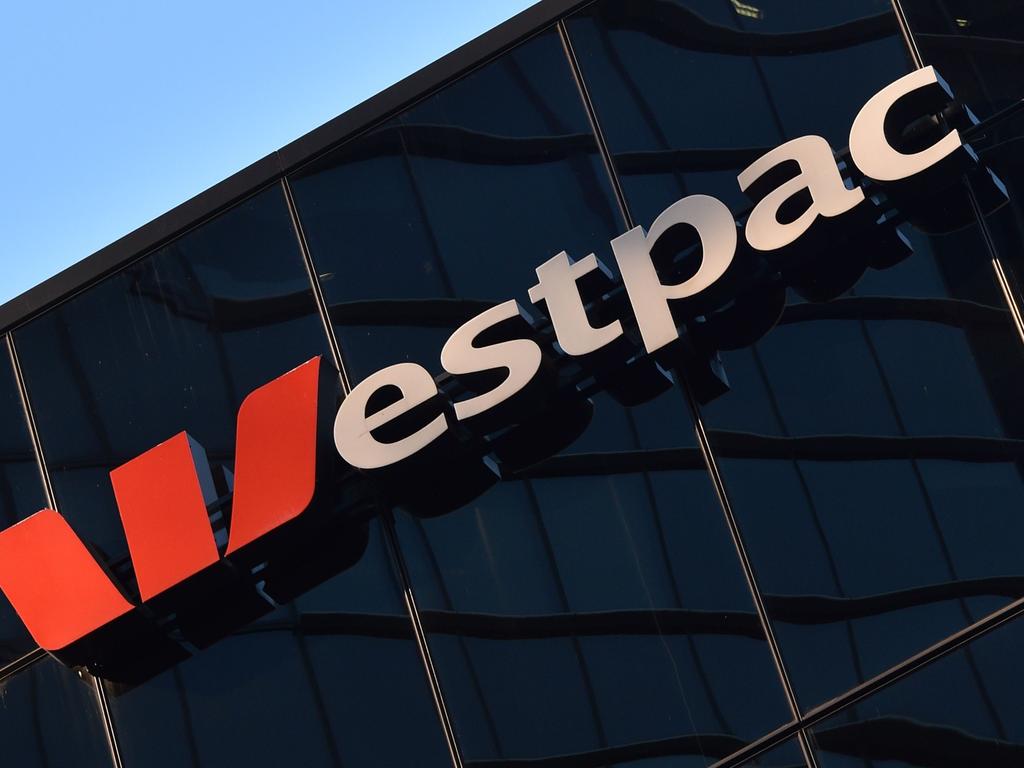
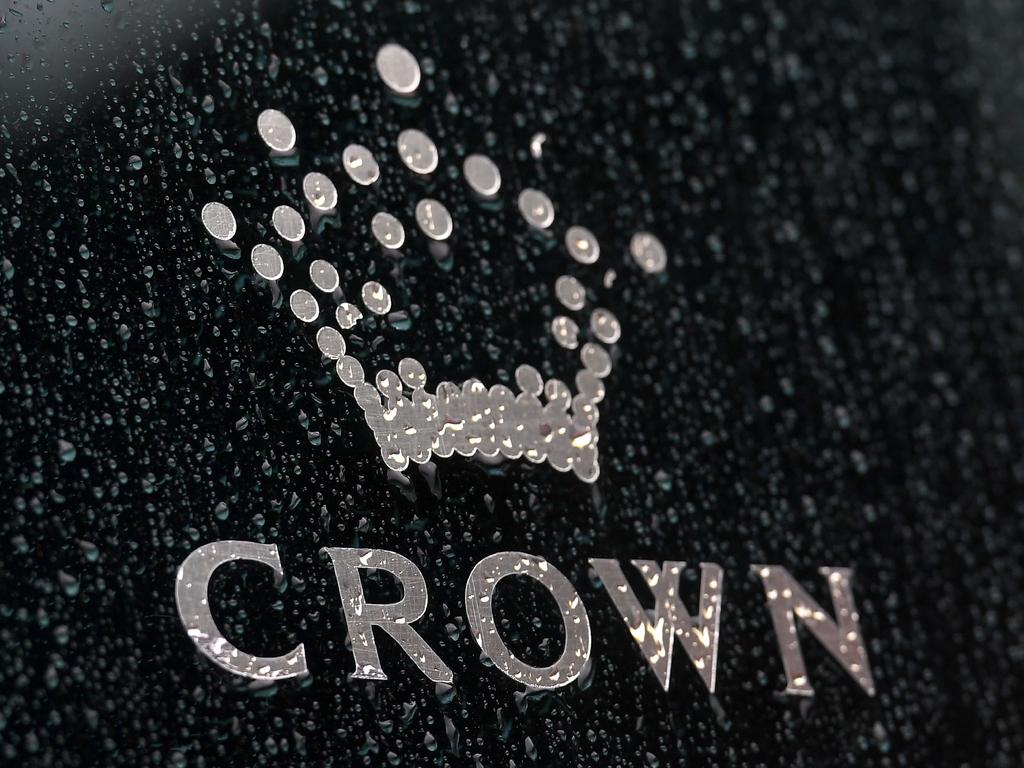
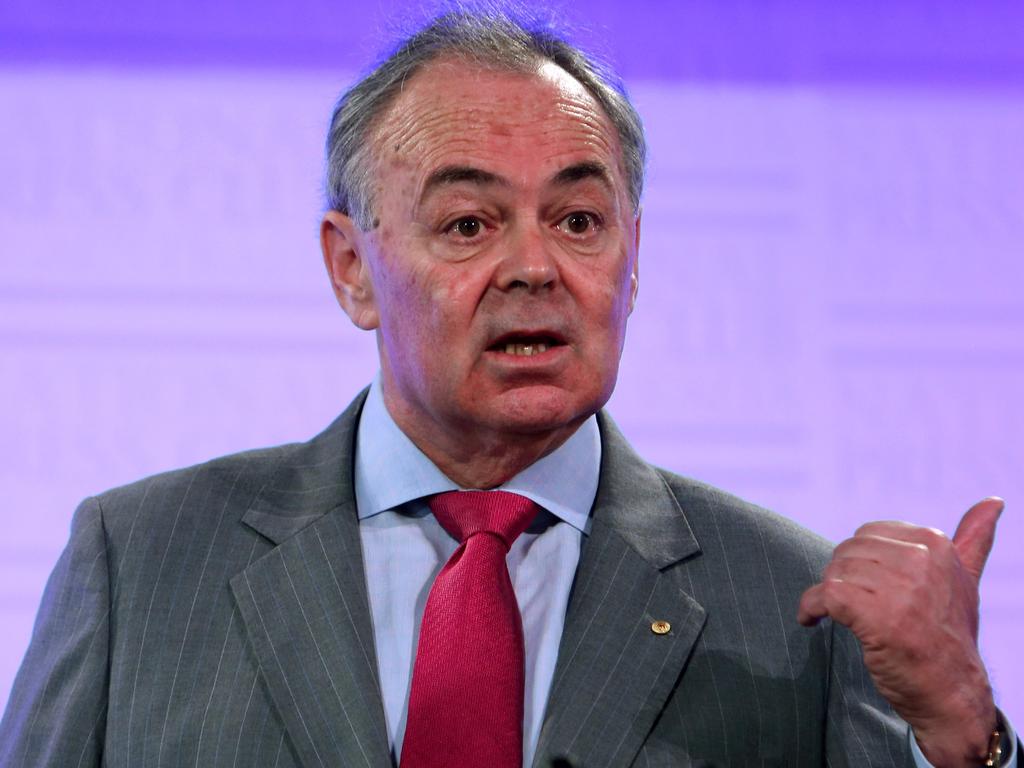
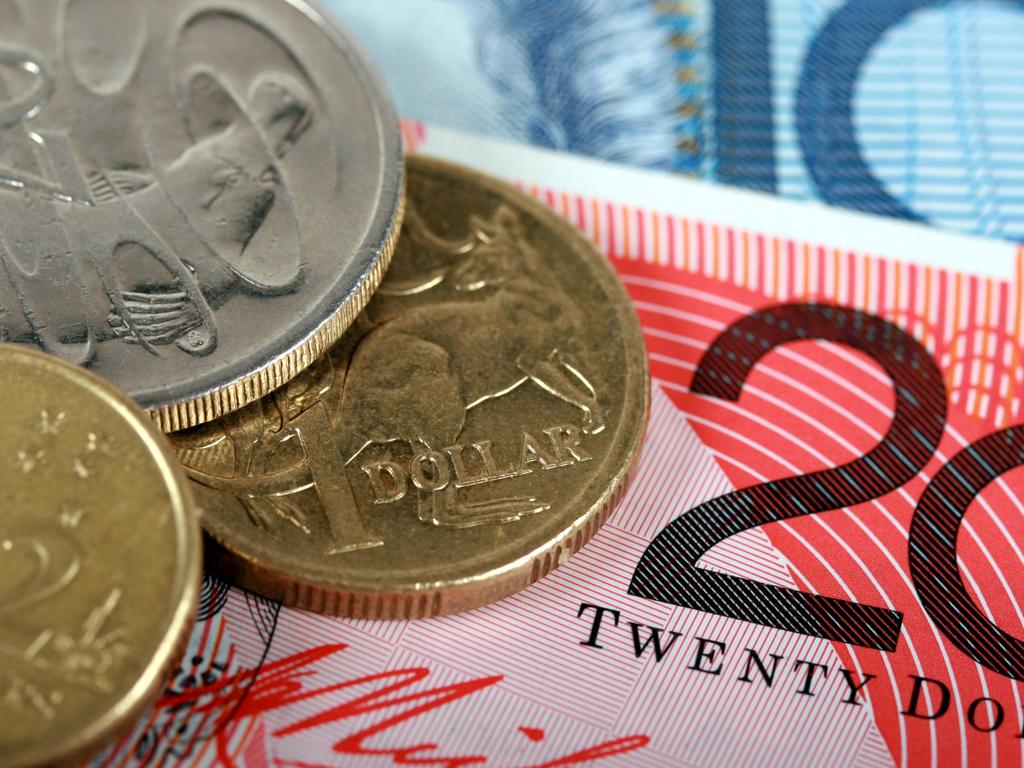


Westpac has made the right decision to limit damage to its already tarnished brand by re-engaging with Austrac and copping a record $1.3bn penalty.